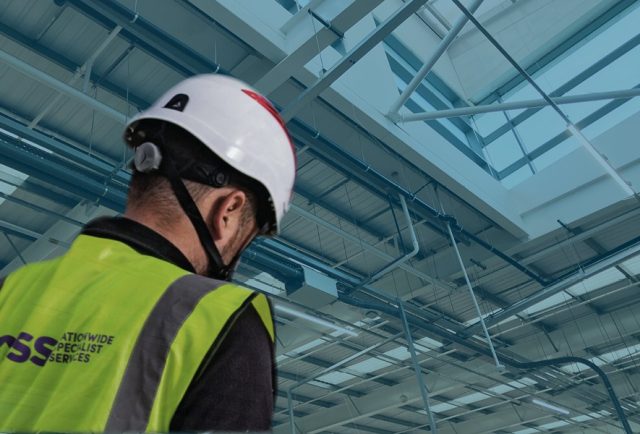A scupper is an essential component for managing water drainage, particularly for buildings with flat roofs.
Scuppers work to channel rainwater away from roofs and other structures, preventing water accumulation and damage. Due to their simple yet effective function, they continue to play a crucial role in modern architecture.
So, what exactly is a scupper used for? Here’s what you should know.
Functionality and Design of Scuppers
The main function of a scupper is to help drain rainwater from flat roofs. Scuppers are often located at the edges of roofs or incorporated into parapet walls. They allow water to escape and flow away from the building.
The design of scuppers typically includes a metal or PVC pipe that directs water out from the roof surface, keeping it from pooling and causing damage. Scuppers may also be connected to downspouts or splash blocks to control the water flow and protect the building’s foundation.
Types of Scuppers
Scuppers come in various designs, each suited to different applications.
Through-wall scuppers
Through-wall scuppers are installed through the parapet wall and are visible from the interior and exterior of the building. They are effective at directing water away from the roof and are often combined with downspouts.
Parapet scuppers
Parapet scuppers are installed at the base of the parapet wall, allowing water to drain through openings in the wall. They are typically less visible from the exterior and are used where a more discreet drainage solution is preferred.
Advantages of Using Scuppers
Incorporating scuppers into roof designs offers several important benefits. They prevent water accumulation on flat roofs, which can lead to structural damage and leaks, effectively channelling water away from the building, scuppers help maintain the integrity of roofing materials and extend their lifespan.
Scuppers are particularly beneficial in specific situations compared to other drainage solutions, such as internal drains and gutters. For example, scuppers are perfect for buildings with flat or low-slope roofs where internal drainage systems may be prone to clogging.
Installation Considerations and Challenges
Some of the key considerations when installing scuppers include sizing, location, and compatibility with roofing materials. Proper sizing helps ensure that the scupper can handle the volume of water expected during heavy rainfalls. Placement is important for maximising efficiency.
Common challenges include ensuring adequate drainage capacity and preventing clogs. Installing screens or grates over scuppers can help keep debris from causing blockages. Regular inspection and maintenance are also needed to address any potential issues quickly.
Maintenance and Upkeep
Scuppers require regular maintenance to ensure effective long-term operation. This includes routine cleaning to remove debris and prevent clogs. They also need periodic inspections to check for damage or wear.
Proper maintenance can help prevent leaks and other issues that may compromise the roofing system. Regular upkeep extends the lifespan of the roofing materials by ensuring that water is drained efficiently.
Conclusion
Scuppers play an important role in both modern and traditional architecture, providing an effective solution for roof drainage.
Assess your current drainage systems and consider whether scuppers are a suitable option for efficient and reliable water management for your property.
Where can I go for further information?
Check out our Quick Guide to Siphonic Drainage for more on how siphonic drainage works, the key benefits, and critical calculations to ensure your system is fit for purpose.

